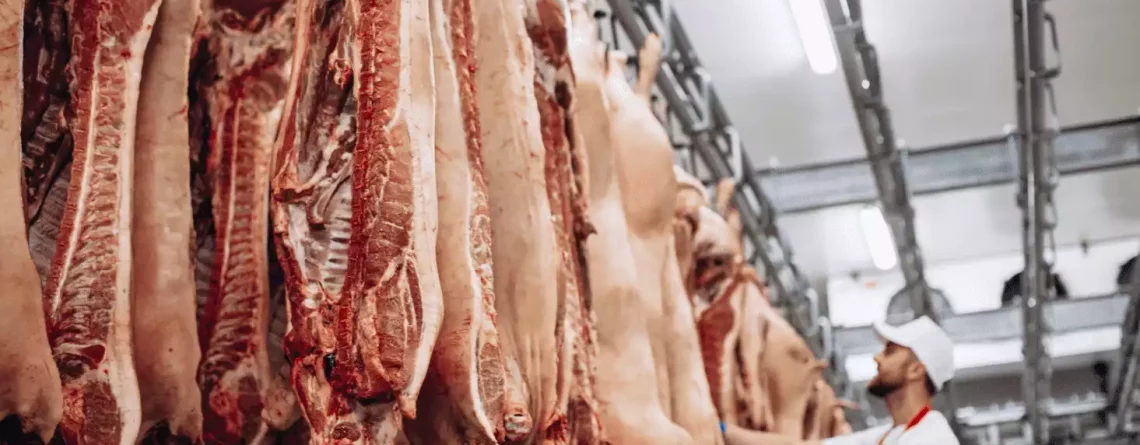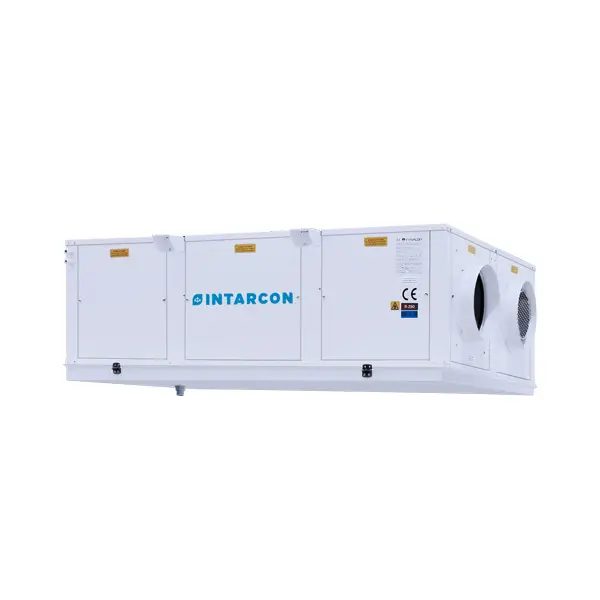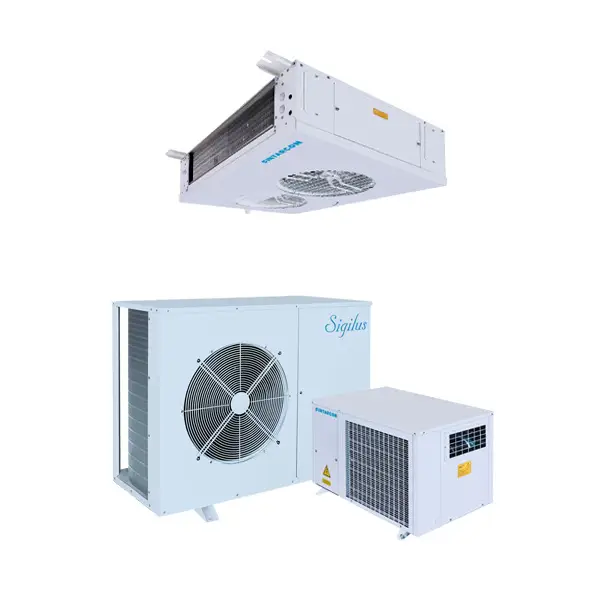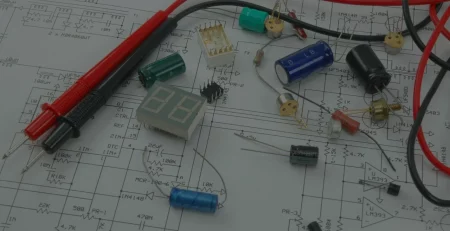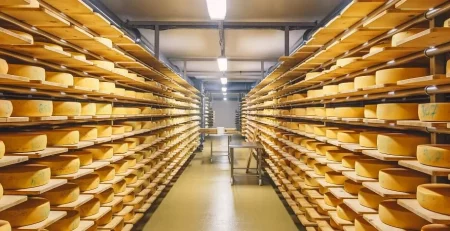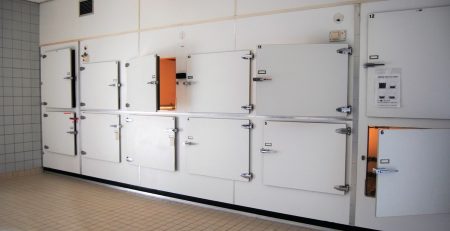Refrigeration as a quality and safety contribution to the meat industry
“In order to contribute to the availability of food for a constantly growing population, demanding with the quality of the products of the meat industry, INTARCON provides solutions in refrigeration hand in hand with energy efficiency and food safety control.”
Meat becomes an ideal culture medium for the growth of almost any micro-organism. This is due to its nutritional qualities, neutral post-mortem pH (pH = 6.5), high water activity (aw = 0.98), and extrinsic factors such as temperature and oxygen concentration.
Meat and meat products are perishable by nature and easily susceptible to microbial contamination and chemical spoilage. Certain processes cause undesirable changes in quality, and alter colour, texture and flavour, posing not only a health risk to consumers, but possibly an economic loss.
Over the last few years, the demand for quality foods of high nutritional value, but free of chemical preservatives, has increased due to the changing lifestyle and eating habits of increasingly demanding consumers.
Refrigeration as an important part of the preservation process in the meat industry
Refrigeration has an important role to play during the meat preservation process, as it prevents the growth of pathogenic microorganisms such as Salmonella, Listeria, or Enterobacteriaceae (such as E. coli) due to their capacity to cause intoxication or even the death of the individual; and non-pathogens that can alter the organoleptic characteristics or appearance of the product, making it unfit for consumption. For this reason, hygiene and control measures must be taken in cold storage rooms, taking the product to low temperatures, in order to slow down or stop microbiological activity and biochemical reactions.
Temperatures below approximately -2 °C, depending on the type of meat, lead to the formation of ice crystals in the intercellular spaces, causing water to escape from the cells to compensate for the increased osmotic pressure, which leads to drying out of the product and thus to weight loss, as well as alteration of the cell structure. All this results in a lower quality perceived by the user.
Refrigeration solutions for the meat industry
INTARCON has designed wall-mounted evaporators for deep-freezing tunnels with high-flow motor fans and high static pressure available together with high-efficiency coils, in order to reduce freezing time and promote the formation of smaller crystals.
To service these high cooling capacity demands, INTARCON offers solutions and refrigeration systems using natural refrigerants (such as ammonia (R-717), propane (R-290) or CO2 (R-744) ready for commissioning thanks to their Plug & Play configuration.
Cutting or processing rooms are among the areas with the highest risk of contamination, being classified as a critical control point in the cold chain, recommending the use of equipment that reduces the microbial load in suspension through the use of air purifiers and room temperature control. For this purpose, INTARCON has developed the intarSANIT equipment, based on the use of HEPA filtration stages and UV-C light, or heat recovery from the extraction air.
Preservation and maturation of meat
The maturation of meat represents an economic opportunity as it allows the product to be revalued in response to new consumer habits, their interest in quality and their concern for safety. For this reason, there are more and more cases of companies creating a new marketing line for matured meat. The two main lines of matured meat are:
- Wet maturation of meat, the aim of which is to control the microbiological activity of aerobic mesophilic and acid lactic acid bacteria. The meat must have a pH < 5,8, a temperature between 1 °C and 4 °C and an oxygen-depleted atmosphere. For this type of maturation, the product is vacuum-packed (or hermetically sealed) or packaged with moisture-permeable technology (water-permeable bags).
- Dry-aged meat maturation is based on the breaking down of myofibrillar proteins by the action of the enzymes present in the meat, thus softening the muscle fibres. Research carried out by IRTA (Institute of Agri-Food Research and Technology) has obtained results that make it possible to anticipate the effect of intrinsic factors (pH, fat, etc.) and extrinsic factors (temperature and RH) on microbial growth, making it possible to provide safety guidelines in this complex process. To this end, IRTA recommends keeping the temperature below 2 °C, discarding meats with pH > 5.6 and that surface water activity does not reach values below 0.95.
The meat curing process provides quality, safety and shelf life to the product, consisting of the drying of the external part of the product to prevent the establishment of microorganisms, by means of a previous salting phase and subsequent control in a chamber where the humidity is progressively reduced. In this last stage, chemical and enzymatic reactions take place which will give rise to the target organoleptic compounds.
In order to contribute to the above mentioned processes, INTARCON has developed high humidity equipment for meat maturation and preservation, equipped with quasi-static evaporators with double flow at very low speed, with the aim of avoiding product alteration and controlling the humidity in the chamber.
In addition to the quality and easy installation of the equipment, INTARCON stands out for its capacity for advice and design of refrigeration projects. We have a large commercial and prescription team with extensive experience and training for the execution of projects aimed at the agri-food industry, whose objective is to offer the best solution, analysing all the alternatives and proposing the most efficient, reliable and sustainable to the client.
By Nil Servián, Documentation Editor at INTARCON, Graduate in Biology with a Master’s Degree in Advances in Food Safety.
